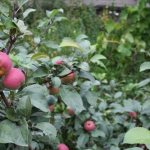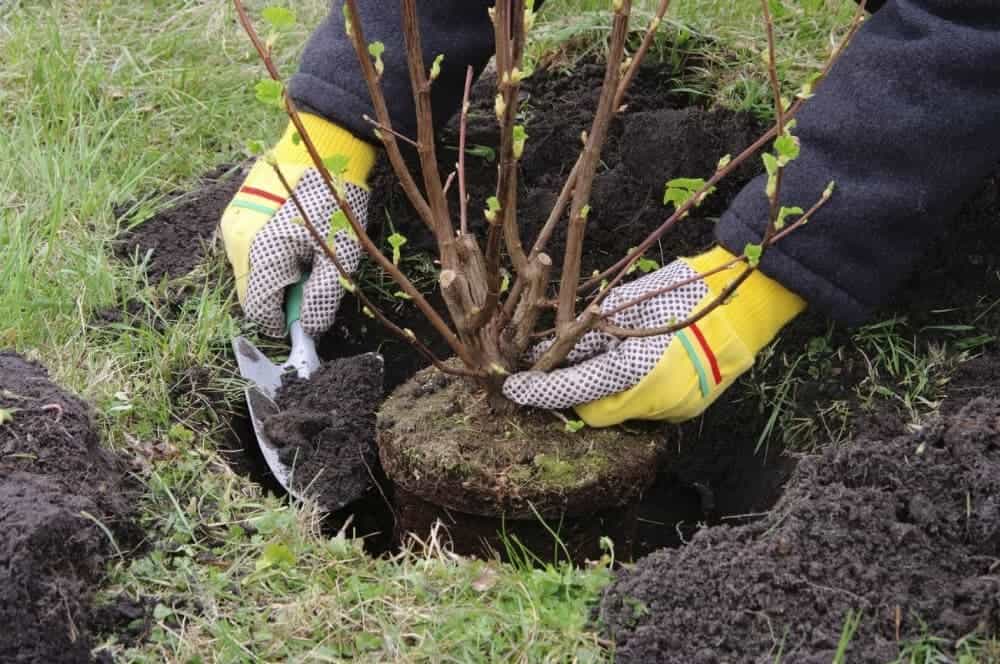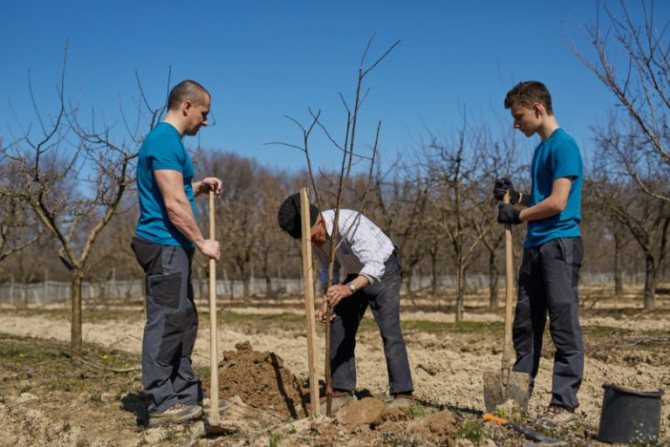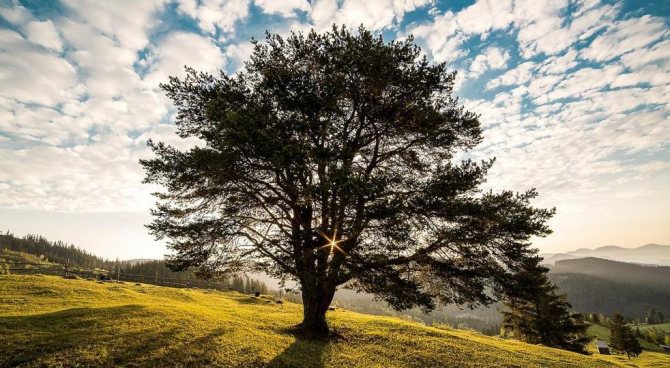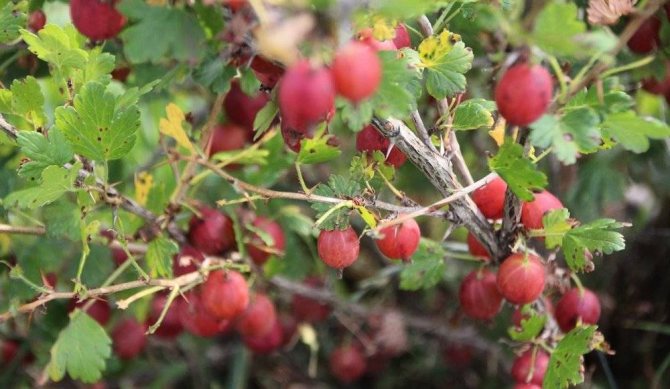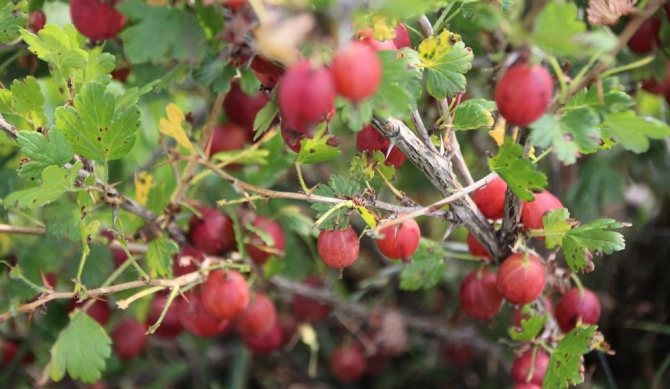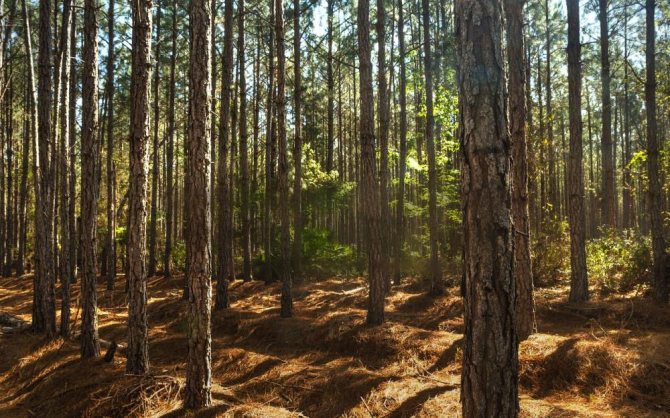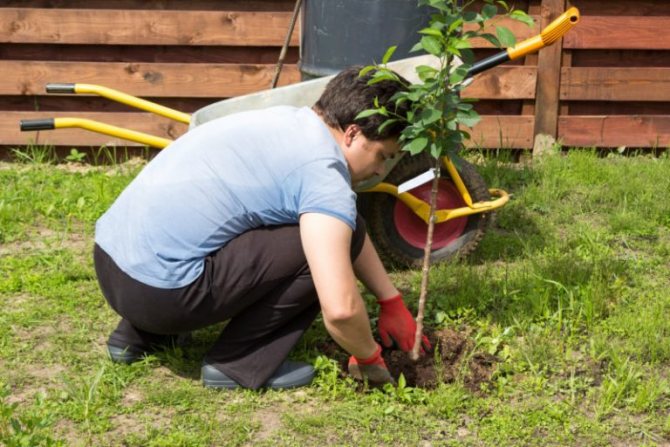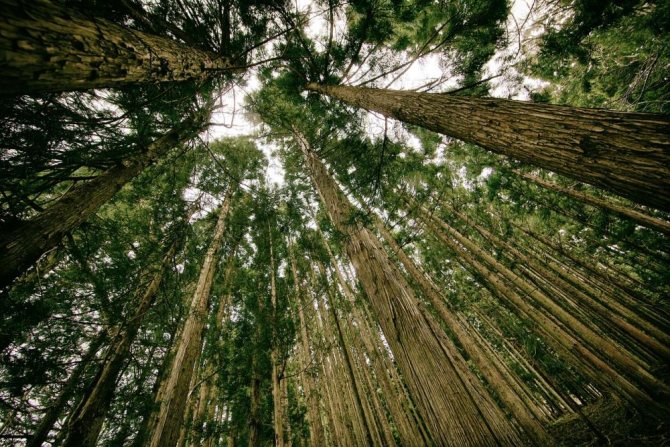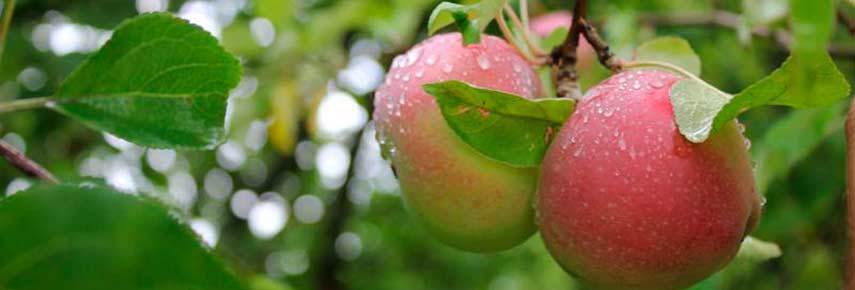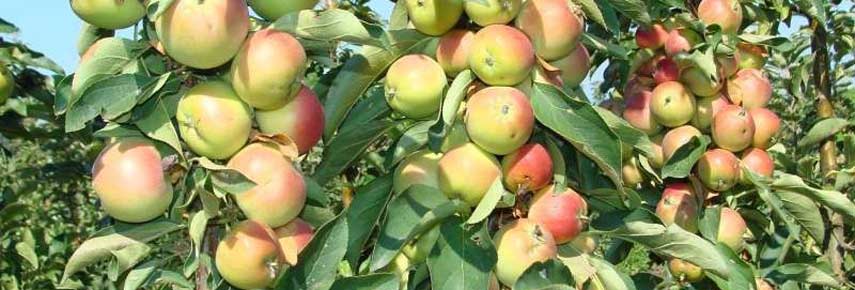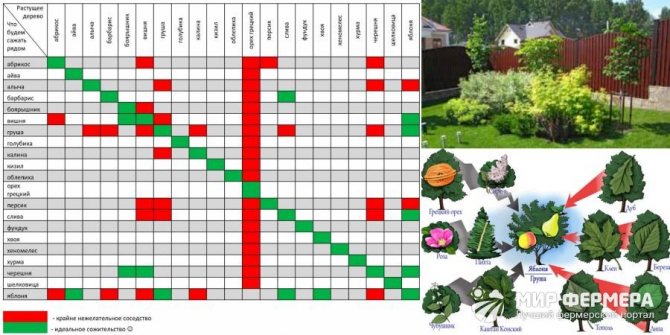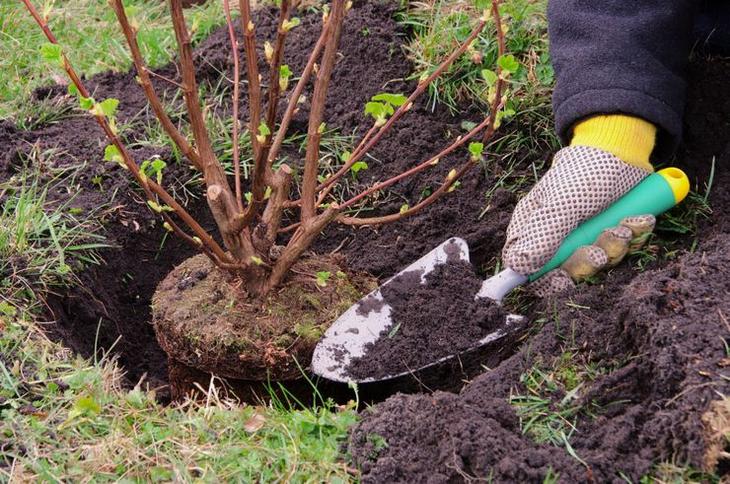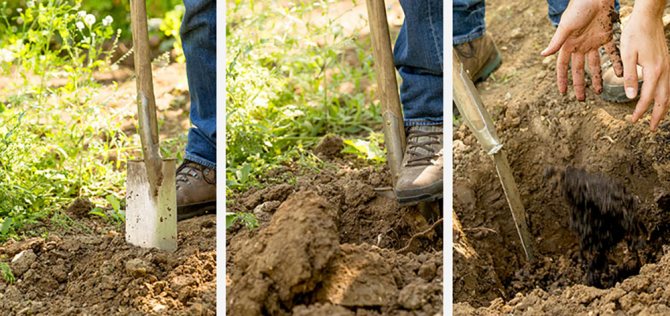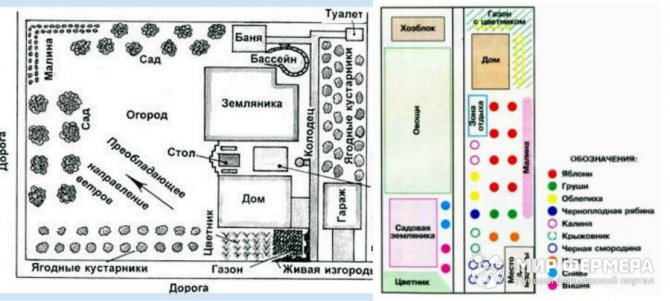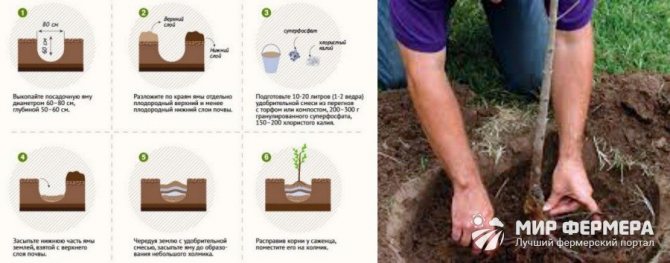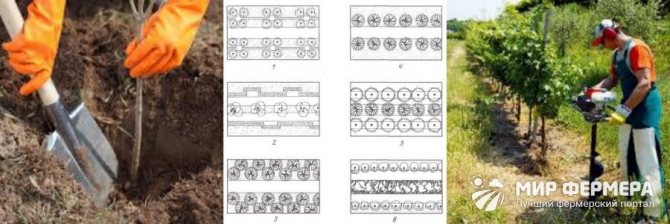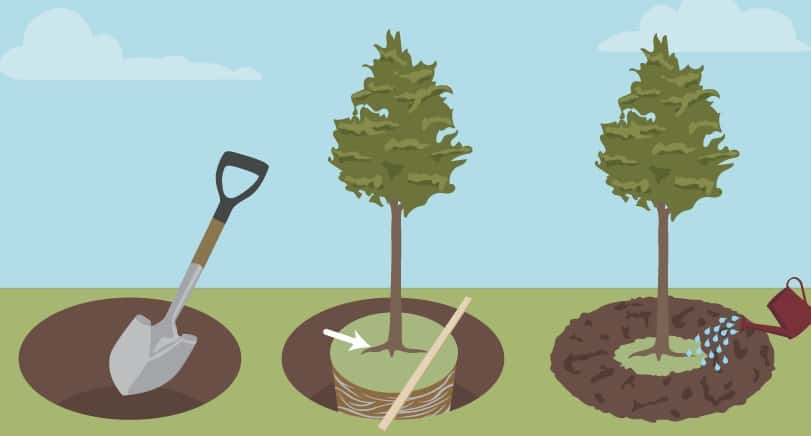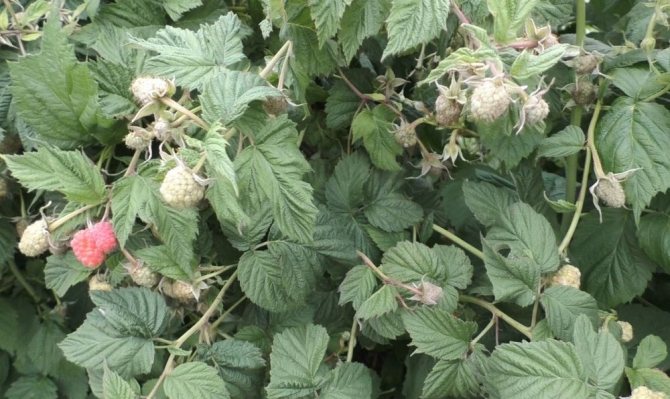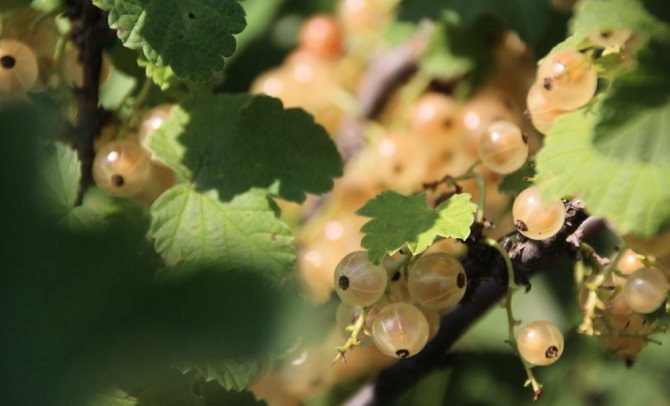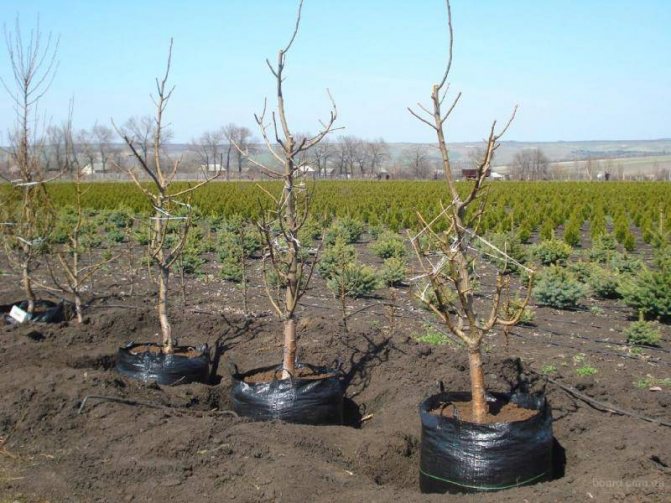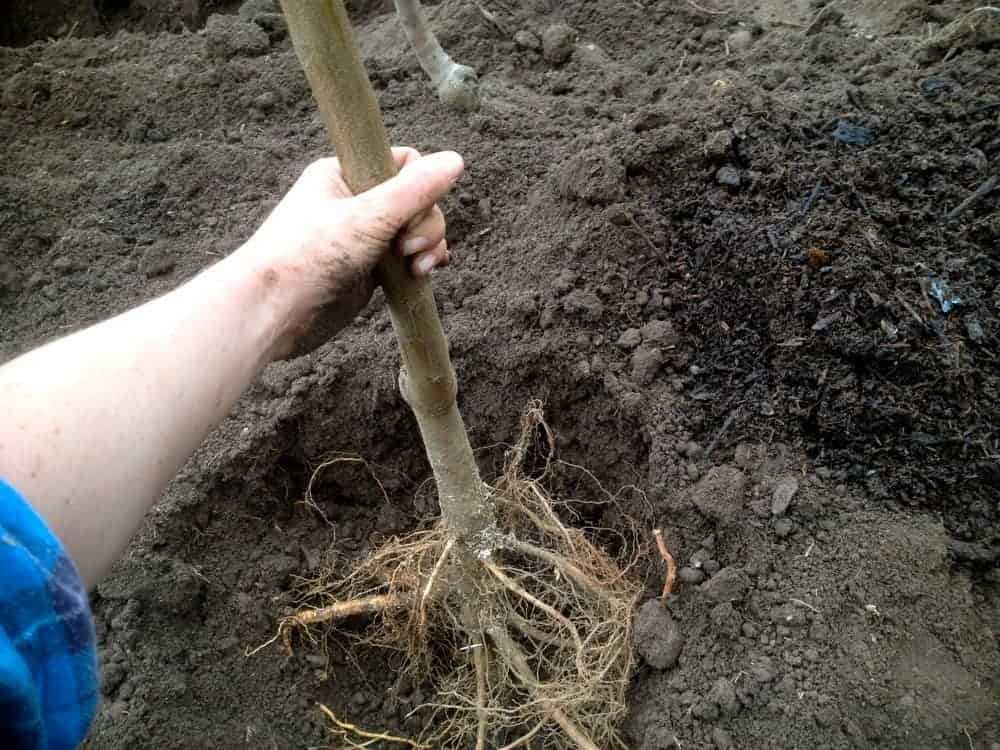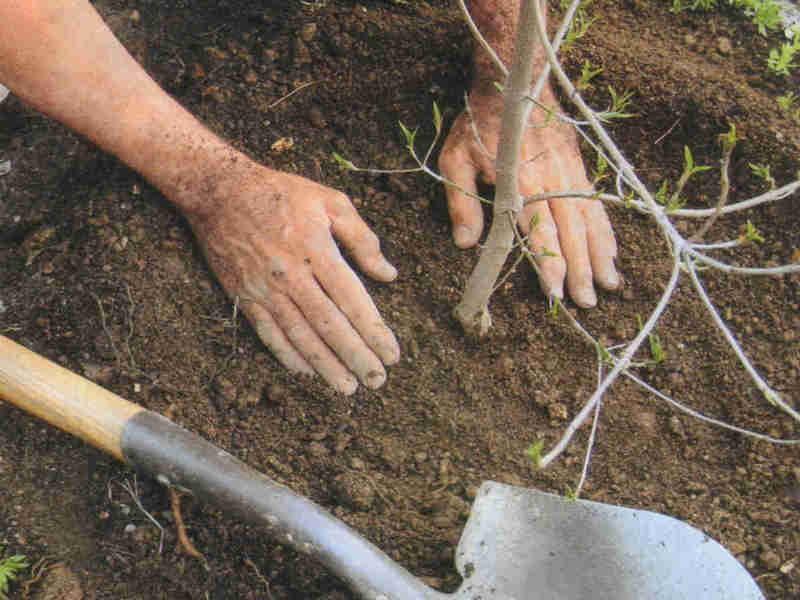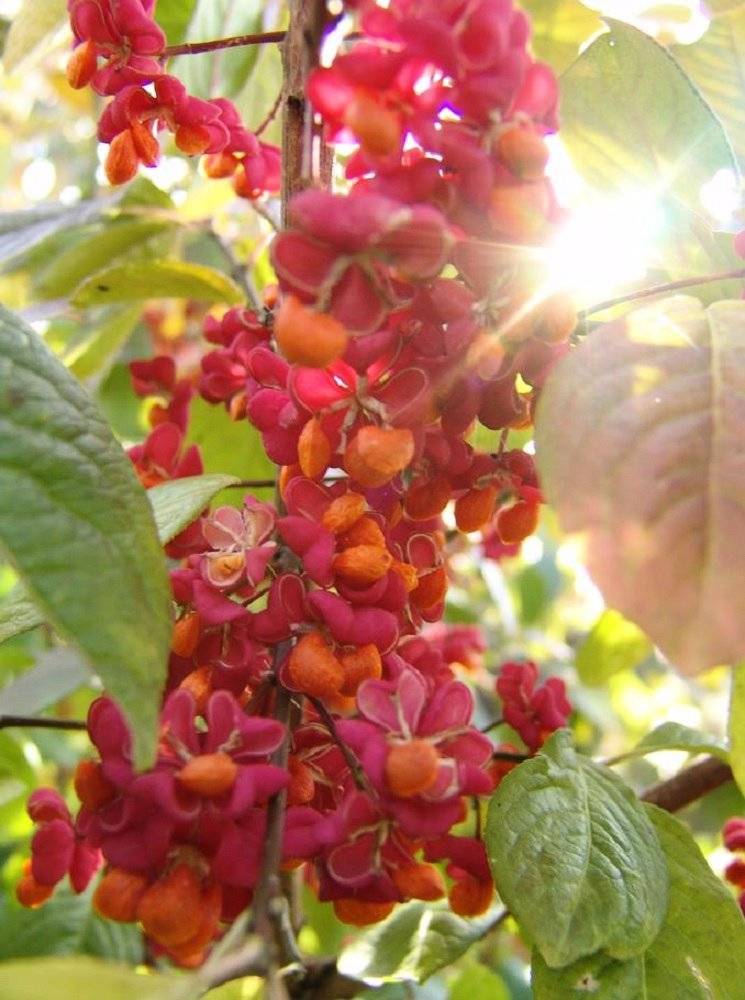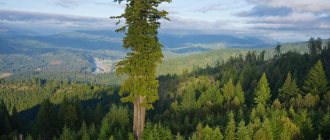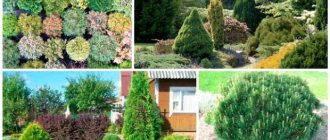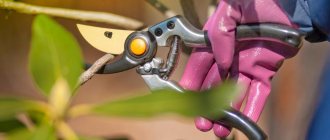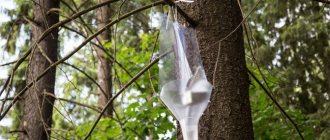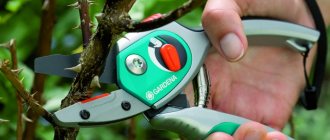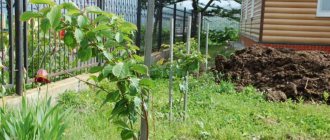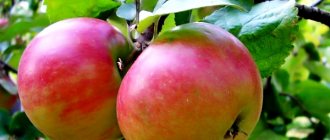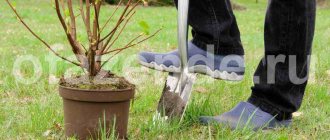Shrubs are the backbone of a well-designed and planned garden. Fruit and ornamental shrubs help to create a relief in the garden plot and contribute to a smooth transition from trees to flower gardens. In addition, ornamental shrubs act as an independent element of landscape design and at the same time create a certain relief on the plane of the site. Shrub plants simply amaze with their variety of colors, crown shape, edible fruits, medicinal properties and sizes. Even one and the same plant is capable of giving different emotions at different times of the year and delighting with beautiful flowering in summer and bright foliage in autumn (for example, a bubblegum). Also, a number of shrubs are distinguished by the unusual color of the preserved fruits and shoots against the background of snow-covered areas in the winter months (for example, a snowberry). What bushes to plant in the fall? What is the best time period for planting and replanting plants? What are the recommendations for planting ornamental and fruit bushes? We will consider the answers to all these questions in this article.
When is it better to replant fruit trees
Fruit trees are best planted and replanted at the age of 1 - 5 years. If more mature plants are transplanted, then planting is carried out with a lump of earth approximately equal to the diameter of the crown, packed in a netting or sacking, as well as using special equipment. This technology is called "large size planting".
- Carried out in late autumn, winter and early spring, with the exception of summer.
When planting and transplanting fruit plants with an open root system, it is necessary to observe high humidity in the area of the root system so that the small overgrown roots do not dry out. The root system needs to be shortened by about 1/3 in order for the roots to develop better. When transplanting fruit, it is imperative that the aerial part is trimmed to balance the crown and root system.
When planting plants in containers, it is important not to destroy the clod and not to deepen the root collar in order to avoid the formation of a large amount of overgrowth.
Site preparation
When planning your garden, you need to clearly understand what trees and shrubs you can grow. The compatibility of trees plays a very important role, and also take into account that pollinators grow with each other as close as possible. The depth of the groundwater, the prevailing winds, the possibility of cold air stagnation are determined. If this is a slope, then where is it directed, on the northern slope more severe conditions. The garden should be sodded so that the roots of the trees can withstand winters better.
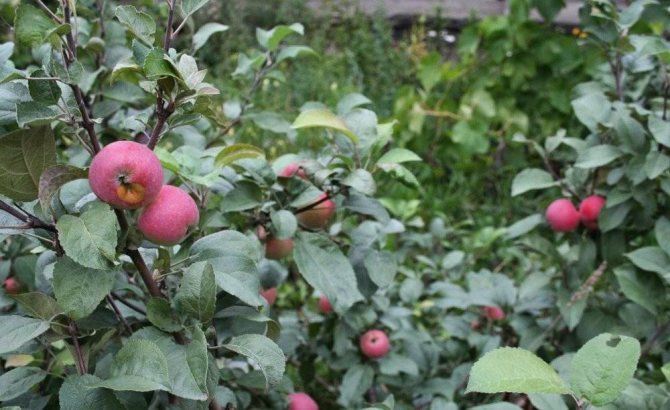
The agronomist of the village of Vishnevka, Belovsky district, Alexander Danilov, advises:
“If you plant a fruit tree in the wrong place, you may not grow anything all your life. On each site, you can find those places where there will be a special microclimate favorable for the tree.
An ideal place for an apple tree is a cover (house, shed) from the side of the prevailing winds. Unfavorable - lowlands, when returnable spring frosts, cold weather descend into the lowlands. There is winter, there is spring freezing. If the garden is in a lowland, then the way out is inoculation on a skeleton-former, on a wild game at a meter height.The temperature difference at the surface of the earth and above is very noticeable, and you are avoiding freezing.
When is it better to replant ornamental trees and shrubs
The highest rates of survival are in plants with a closed root system. They can be planted at any time, except for winter.
When planting plants with an open root system, it is necessary to slightly trim the aboveground and underground parts. After that, the plants need regular but moderate watering. It is advisable to carry out 2-3 sprays of "Epin" or "Zircon" on the leaves with an interval of 7-10 days - to relieve post-transplant stress in plants. In the first winter after planting, a light shelter is carried out for all crops so that the plants overwinter and take root better.
If the dates for the autumn planting are missed
It also happens that it was not possible to plant a seedling in the fall. Maybe at the very end of the season, you successfully got to the sale of seedlings at "bargain" prices, or you managed to get a wonderful desired variety that cannot be planted in autumn ... what to do in this case?
If the dates for the autumn planting are missed
And you just need to take care of preserving your seedling until spring, so that then you can plant it on the site. Based on practice, the three most common methods are used for this:
- storage in a cold, damp basement (cellar);
- snowing;
- digging into the ground.
In the next video, Evgeny Fedotov and Roman Vrublevsky will tell and show how to dig in seedlings for storage from autumn to spring planting:
- Basement storage
If the roots of the seedlings are abundantly moistened and lowered into a container filled with peat, sawdust or sand, then at temperatures from 0 ° C to + 10 ° C and a relative humidity of 87-90% they will be perfectly preserved in the basement until planting. It is only necessary to water these seedlings in the basement once every 7-10 days.
- Snowing
This is the storage of seedlings outdoors: properly packed, they winter under a sufficient layer of snow, using its magical power to prevent the temperature around living stems from dropping below the "living standard".
When is it better to transplant conifers
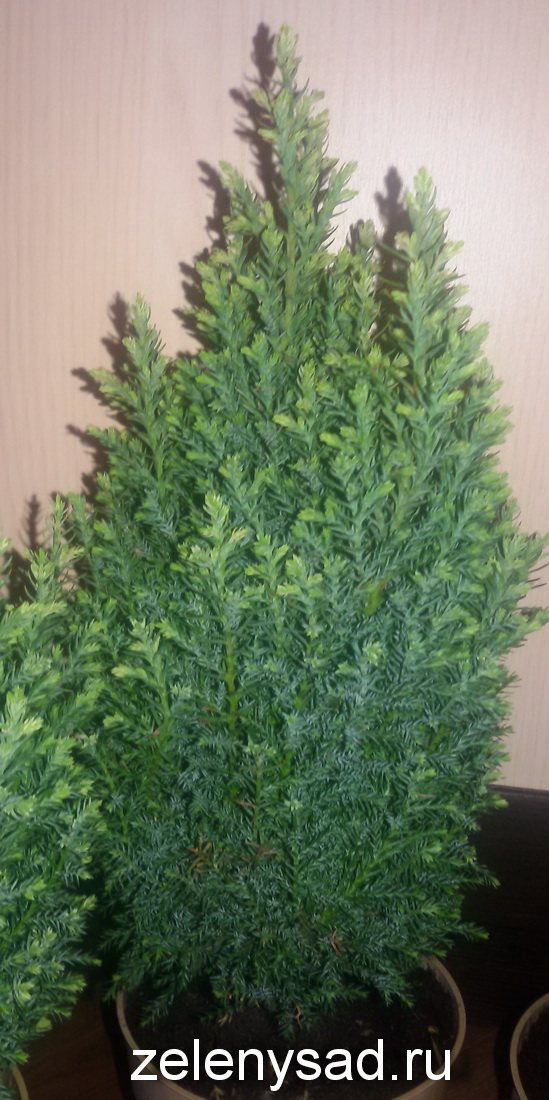

They can also be planted at any time, provided that the plants are grown in containers. With an open root system, conifers practically do not realize, since their survival rate is extremely low. When planting, the plants are watered at the root and treated with stimulants containing iron and silicon - "Ferrovit" and "Siliplant".
Transplanting a tree is a laborious task, but it is quite feasible. Of course, one cannot cope with a transplant alone, but by calling neighbors for help and armed with the necessary knowledge, you can start to act.
Transplant process
It is necessary to prepare a tree for relocation to a new place in advance - preferably 5-6 months in advance. To do this, in the fall, it is necessary to dig a ditch around it of such a depth, which would be enough to get to the lateral roots. The next task is to chop off all lateral (horizontal) roots, while trying not to damage the central rhizome.
After the horizontal roots have been chopped off, the ditch should be covered with earth mixed with ripe manure. Until the time of transplanting the tree, a mixture of soil and manure will have a beneficial effect on the restoration and healing of roots, as well as on the growth of new shoots.
The transplanting process should take place in early spring. Naturally, in order to pull a tree out of the ground, even if it only holds on to one root, mechanical means must be used. The most suitable equipment for this operation is a tractor with an excavator bucket or a crane.
To transport wood, a kind of "drag" is usually used, which is a large sheet of iron attached to the back of a cargo vehicle.An important nuance: in order for the tree to quickly take over in a new place, when relocating, it is necessary to take care of the integrity of the earthen coma in its roots.
A tree is planted in a pre-dug hole, the size of which should be approximately twice the size of the earthen, basal coma. The lower part of the tree should be covered with abundantly fertilized soil, while the "trimmings" of horizontal roots should be carefully straightened out.
For greater stability, the "new settler" should be propped up with wooden or iron supports. Important: in order not to damage the already weakened root system of the tree again, it is not advisable to dig the props deep into the ground.
»Trees
A transplant for a plant is a traumatic operation, which is best performed during the period of natural rest, then it takes place practically "under anesthesia." This is especially true for seedlings with bare roots.
Most fruit trees are best planted in a permanent place after the completion of the growing process - in the fall. Roughly, this is a month before the freezing of the topsoil. Some trees are best planted in spring. Let's talk in more detail about the timing of planting seedlings of fruit trees, how to fertilize and properly care for them.
Determining that a tree is ready for replanting is very simple. The main criterion is that the tree has dropped half of the leaves
... They are guided when planting and apple trees, as well as all berry bushes.
The roots of bushes and trees do not have a dormant period, they continue to grow in winter. The optimum temperature for rooting is + 4 ° C and higher. Given that the ground does not freeze so quickly, root growth continues almost without a winter break.
Apple and pear varieties with insufficient frost resistance, as well as all stone fruits
(cherry, sweet cherry, plum, apricot and peach), best planted in spring. Moreover, it is necessary to do this as early as possible - until the moisture has left and the buds have not blossomed.
In any case, planting pits are prepared in advance - for spring planting, for example, from autumn (August - September). The deadline for the preparation of pits is 2 weeks
.
Effect of age on survival rate
The older the plant, the more difficult it will be for it to master in new conditions. A huge mass of roots will be lost during digging, no matter how carefully the work is done. In the spring, when the tree will grow its leaf mass, the root system that has not yet been restored will not be able to meet the needs for life-giving moisture, which will manifest itself in depression and, as a result, in subsequent plant diseases.
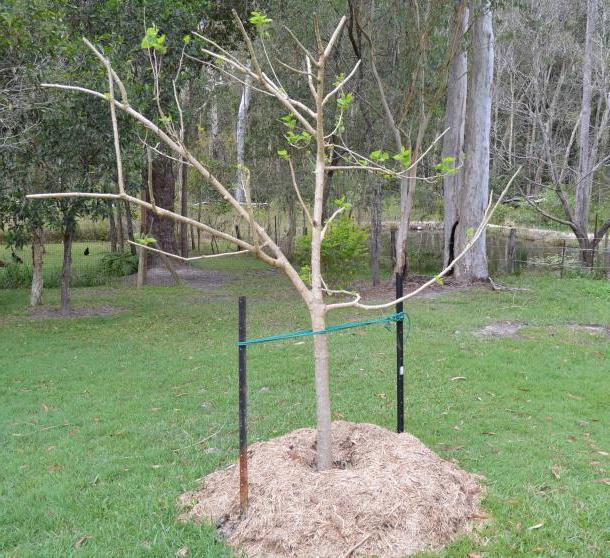

Optimum for transplanting fruit trees in autumn is considered to be their age from one to three to five years. In this case, the plant's ability to survive and grow the root system is maximum. And the absence of an abundant crown (deciduous mass) allows plants to painlessly both grow additional roots and use them at least for sap flow.
If, if necessary, it is necessary to transfer adult plants (more than five years old) with a well-formed crown to a new place, it is necessary to prepare in advance for this process, since it will require a lot of effort, additional equipment may be required.
How to choose a seedling for planting in the Moscow region and other regions
In order not to throw money down the drain and grow a really fruitful fruit tree, the choice of a seedling should be approached with understanding and responsibly.
Choosing a seedling with an open root system
- Primarily, the variety must be zoned
. - To increase the likelihood of purchasing the desired variety, buy them in a specialized nursery
, and not "with hands" by the road. - Roots must be at least 25 centimeters
fresh and undamaged. The more branched thin roots, the higher the probability of success. - On the roots there should be no growths
Is a symptom of root cancer. The root cut should be white. - Carefully inspect the trunk
for damage to the bark.
When buying a seedling with leaves, carefully cut them off - the seedling will not lose moisture.
Wrap the roots with damp burlap or newspaper in several layers. If the seedling is still dry, immerse it in water for a day or two until the bark regains a fresh look.
You can treat the roots with stimulants just before planting.
(Kornevin or Heteroauxin) according to the instructions.
Take special care to ensure that the roots are not chafed. These areas are likely to rot - they must be carefully removed to the healthy part.
Choosing a seedling in a container
Such planting material is more expensive. If you choose it correctly, you can plant it at any time convenient for you. The survival rate is guaranteed ...
How not to be mistaken
The easiest way to check how long a tree has been growing in a pot is to gently lift the plant by the root part. If the earthen clod is removed along with the roots, you need to buy - the seedling "lives" in the container for a long time.
Additionally, it will help you make sure that you have made the right choice. root sprouted through a hole in the bottom of the container
.
When choosing a container seedling, of the two - take the younger one. Its roots are most likely not trimmed before being planted in a pot for sale.
The tree is installed in a prepared planting hole without violating the integrity of the earth clod. Water and cover with prepared soil mixture without deepening the seedling.
What is planted in the fall
In order to enjoy your own berries in the summer months, in the fall you can plant such fruit bushes as black, red or white currants, gooseberries, honeysuckle in your suburban area.
From ornamental bushes that can transform your garden plot and breathe new colors into it, various varieties of boxwood, spirea, mock orange, privet, euonymus, holly, snowberry, lilac, jasmine and bird cherry are perfect.
Phytomedicine lovers should pay attention to rose hips, hawthorns and barberries.
Autumn is a great period to modify your site and get new emotions from it. In order for ornamental and fruit shrubs transplanted in the autumn months to survive the winter and delight with flowering and aroma, it is necessary to seriously approach the planting process .. You should carefully choose a plant and a place for future planting, prepare soil and fertilizers. Compliance with these simple recommendations will help grow beautiful ornamental shrubs.
Rules for planting a seedling in a garden plot at different times of the year?
The choice of a place for planting a fruit tree - it is made once and for all, success or disappointment depends on this choice. If the place turns out to be unsuitable for a fruit tree, after a few years it will be impossible to correct the error.
Choose a sunny place, sheltered from the wind, for landing
... The close location of groundwater is unacceptable - a tree can successfully develop for 5-7 years, and when its roots reach the aquifer, it will die from decay. At this age, replanting a tree is already incredibly difficult.
Preparatory activities
Even the choice of soil is not so critical for planting a fruit tree. By improving the soil structure and applying the right fertilizing, almost any area is suitable for gardening.
Landing pit preparation
Even in the case of fertile black soil, it is necessary to start planting a tree with the preparation of the planting pit
... It must be dug out at least a month before planting the seedling. During this time, the dug-up earth will have time to pack. This is a factor of extraordinary importance - there will be no problems with the correct deepening of the root collar of the seedling.
Where is the root collar?
It will not be superfluous to clarify what this "root collar" is.Often, inexperienced gardeners take the place of grafting by the root collar, and as a result, they deepen the seedling an extra 10 centimeters. Actually, this is the area where the trunk goes to the root
... At this point, the dark color of the root passes into the lighter bark of the trunk.
The most common mistake is planting in a fresh hole. Strictly speaking, it is not the pit itself. Until the ground subsides, it is very difficult to properly deepen the root collar of the seedling. It is known that it can neither be buried nor exposed - the tree cannot develop normally in both cases.
After planting, the seedling should not lack nutrients, at least until it takes root. At this stage, very often with the best intentions, gardeners "overfeed" the seedlings with fertilizers.
It is especially dangerous for young plants to add fresh organic matter and too much mineral fertilizers to the pit. These two extremes act equally depressingly on soil microorganisms, namely, they help the roots of the seedling to absorb nutrients from the soil and air.
- For a conditioned seedling 1-2 years old, it is necessary dig a hole about 80x80 centimeters in size
and the same depth. In the process of digging a hole, fold the upper, more fertile layer separately from the lower one. Remove all stones and roots of perennial weeds. The bottom of the hole must be dug onto the bayonet of the shovel. - To the bottom of the pit to improve the water balance is desirable sprinkle last year's leaves, house debris, wood ash
... This will not only be good drainage, but also an excellent additional tree feeding. - Into the pit add 2 buckets of compost or humus
, and proceed as follows. - One bucket is mixed with the more fertile soil of the upper layer and poured into the bottom of the pit. Place a seedling on this mound, spread its roots
and pour the second part of the compost directly onto the roots. At the same time, shake the seedling so that there are no air voids that are not filled with soil. - Watering well
tons (at least 2 buckets of water). - The pit is filled up to the top
... For this, only the upper fertile layer is used. - From the bottom layer of the earth form a root hole
around the trunk circle. - Water again into the formed hole and cover it with mulch
(peat, rotten sawdust, foliage, wood chips), this not only preserves water, but also prevents a dense crust from forming.
When planting, it is better to deepen the root collar insufficiently. This option is easy to fix by adding earth to the trunk circle.
Planting scheme for fruit trees and shrubs
The planting density of trees depends not only on the species, but also on
:
- type of root stock of a seedling,
- method of further formation,
- features of the site layout.
The most common mistake novice gardeners make is planting too tight
... It is very difficult to see trees at least 2.5 meters in height in twigs of one-year-old seedlings after 10 years. The recommended planting pattern for shrubs and trees is given below.
and pears on vigorous rootstocks are placed at a distance of 5 meters, medium-sized - 3.5-4 meters, dwarf - 2.5-3 meters
... Columnar forms can be planted even after 0.5 meters in a row.
No less distance should be laid when planting seedlings near the house, especially this applies to tall forms of fruit, and especially pay attention to the location
- over time it will be a 10-meter spreading tree.
To rationally use the area between the seedlings, plant currant bushes between the rows for now (after 10 years it will still have to be uprooted - the bush will grow old) or garden strawberries.
Caring for a newly planted tree in the spring-autumn period
After planting a young tree, in addition to feeding the seedling, it must be properly followed up. The first time after planting most of all the seedlings need watering.Among experienced old-school gardeners, there is an opinion that seedlings need watering for 2 years, even if they have taken root successfully. You need to water even trees planted in autumn until the very frost
... Only then will the tree grow strong and healthy.
No matter how great the desire to try the harvest from a young tree, the first flowers must be removed. This especially applies to the first year after planting, otherwise the tree will give all its strength to the first few fruits, and the root system and a developed crown will not be able to grow.
In addition to watering, a young tree requires preventive measures to protect against pests and fungal diseases. Do not ignore them during every garden treatment. The loss of branches and leaves from an invasion of pests or any disease can be critical for a young tree.
Preparing young trees for winter includes:
- mulching
trunk circle, - whitewash
for the prevention of sun and frosty winter burns, - rodent protection
and hares.
The mulching layer must necessarily cover the near-trunk circle, not only in the summer to preserve moisture in the root zone. Mulch is especially necessary in the autumn-winter period. Even in the conditions of the Central strip and the Moscow region, the roots of a seedling of a tree or shrub can suffer from freezing, especially if the snow cover is insignificant.
Experienced gardening tips
In conditions middle lane, Ural and Siberia for autumn planting, it is best to choose zoned, and if necessary, winter-hardy varieties that are acclimatized and quickly take root. So, fruit trees of Siberian and Ural selection - pear and apple, mountain ash, mulberry and cherry plum - tolerate planting in autumn quite well.
For gardeners southern regions it is better to plant trees in the fall. In these parts, autumn is long, warm, with occasional rains, which is "the very thing" for seedlings. But spring here too quickly can be replaced by hot summer.
Saplings that dug out ahead of time (before natural leaf fall) most often have immature shoots and almost always freeze slightly.
If you bought a "beautiful tree" with leaves for planting, you risk getting not only unripe, but also overdried seedling, because the main loss of moisture goes precisely through the sheet plate. And how to choose the right seedling, you can learn from the article General recommendations for choosing a seedling and planting fruit trees:
In the south, autumn planting of trees and shrubs is preferable.
The main thing is to remember: nature will substitute its hands for any of its offspring, and we must try to hand over healthy ripe seedlings with a good root system to it in the most favorable time frame. Then there will be no need for a young tree to sit on "sick leave" for years, and to receive "disability" by the age of majority. If everything is done correctly, in whatever season we plant - in autumn, summer or spring - the tree will respond with cheerful growth, excellent development and a rich harvest.
Fertilizers and fertilizing for the fruit tree
A well-filled planting pit provides nutrition for the planted tree for 2 years. In practice, it only needs watering.
Top dressing of the garden is carried out according to the well-established rule
:
- in the spring
- nitrogen and organic fertilizers, - in the fall
- potash and phosphorus.
Fertilization is usually carried out in near-stem circles in early spring (1) or autumn (2).
Fertilizers are applied to the root zone at the rate of 1 hundred square meters of the garden
:
- organic
300-500 kg (every 2-3 years), - inorganic
N: P: K in proportions of 1.5: 1: 0.6 (calculated per kg of chemically pure substance).
In addition to root dressing, gardeners often practice leaf dressing. In this case, the so-called "tank mixtures" are used - joint solutions of chemical preparations, for example, against pests and a complex of foliar dressings.
Foliar dressing, unlike root dressing, has an effect almost instantly. Through the surface of the leaves, they are absorbed by the garden plant after 4 hours. This process is especially active on the underside of the sheet.
Another "plus" of such processing
- the consumption of fertilizers is minimal. For example, for nitrogen fertilizing, a solution of 1 tablespoon of nitrate per 1 bucket of water is prepared.
The only inconvenience is that you cannot process just before rain.
Another important point, it is better to “underfeed” the garden with any fertilizers ...
INCORRECTLY PREPARED PIT
Planting holes must be prepared no later than 2 weeks before planting. But if you did not plan new plantings, and then unexpectedly bought or received a good seedling as a gift, you can dig a hole 2-3 days before planting. And temporarily dig the plant in the shaded part of the site: make a groove so that the roots fit in it, lay the seedling at an angle, sprinkle the roots with soil and pour a bucket of water.
Dig the planting hole, focusing on the size of the roots of the seedling - they should fit there freely. When digging, set aside the top fertile layer to one side, and the bottom infertile layer to the other. Pour a shovel of broken brick on the bottom, and on top - a mixture of fertile soil, humus and river sand (in approximately equal parts), adding 15 g of nitroammofoska.

